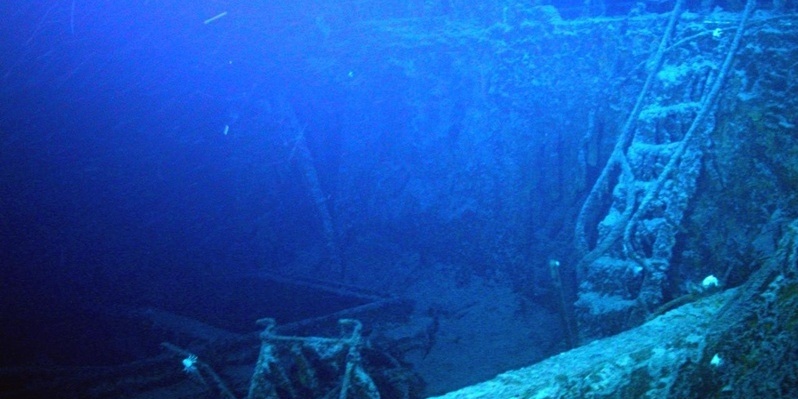A Fife maritime archaeologist played a leading role in the discovery of a wreck containing the largest haul of precious metal discovered at sea.
The SS Gairsoppa, a UK cargo ship sunk by a German U-boat in 1941, was found by US exploration firm Odyssey Marine.
On Monday, Odyssey’s chief marine archaeologist, Neil Cunningham Dobson who is from St Andrews confirmed the shipwreck containing 200 tonnes of silver worth about £150 million had been found in the Atlantic.
The firm will retain 80% of the cargo’s value under the terms of a contract with the Department for Transport.
It’s the latest high-profile recovery carried out by the exploration company in recent years and bolsters the reputation of Mr Dobson as one of the world’s leading maritime archaeologists.
The wreck of the 412ft ship was found this summer nearly 4,700 metres below the North Atlantic, 300 miles off the Irish coast. But it was only confirmed as SS Gairsoppa last week.
Odyssey Marine’s senior project manager, Andrew Craig, said: ”We’ve accomplished the first phase of this project the location and identification of the target shipwreck. Now we’re hard at work planning for the recovery phase.
”Given the orientation and condition of the shipwreck, we are extremely confident that our planned salvage operation will be well suited for the recovery of this silver cargo.”
SS Gairsoppa settled upright on the seabed with its cargo holds open, which means remote-controlled robotic submarines should be able to retrieve the bullion. Work would begin in the second quarter of 2012, Odyssey said.
The marine archaeology and exploration company said it was ”highly unlikely” any human remains would be found, given the age and depth of the wreck.
The merchant ship belonged to the British India Steam Navigation Company, and was ordered into the merchant navy fleet at the outbreak of the Second World War.
A Department for Transport spokeswoman said: ”The contract for the salvage of the SS Gairsoppa was awarded by competitive tender in accordance with government and departmental procedures.
”While we do not comment on the specifics of such commercial arrangements, Odyssey Marine Exploration were awarded the contract as they offered the best rate of return to HMG.”
